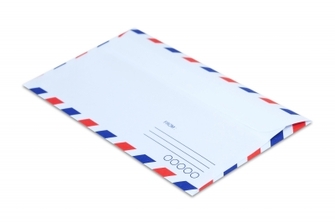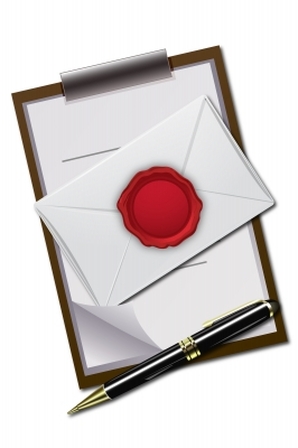
Here are three strategies that promote fun, relevant classroom learning:
Partner Talk
A simple way to break up a traditional lesson into a more interactive activity is to ask students to “turn and talk.” Teachers can engage their students with minimal effort and planning by asking their students to explain, question, or simply repeat a concept to someone sitting close by. Then, for a few minutes, students get to do the talking.
Partner talk enables students become actively engaged in the content and can be employed easily at any point, or several points, throughout a lesson. This also gives teachers some instant feedback from ‘listening in’ to the conversations students have to see what they know or what they are confused about regarding the lesson.
Mini-Lessons
Mini-lessons involve a direct instructional approach to target individual skill development. While the rest of the class is working on another activity, the teacher pulls a select group of students who have a common, demonstrated need and provides them with a quick lesson addressing the area in which they need support.
For example, the teacher may choose to work with a group of students who are reading below grade level to give them essential feedback at a less intimidating pace. Teachers might also take aside a group of students who have mastered mathematics concepts and provide them with activities to accelerate their skills. Effective mini-lessons involve a keen awareness of students’ specific needs, as well as some additional planning about how to address them.
Leveled Small Groups
Similar to mini-lessons, utilizing leveled small groups provides students with an opportunity to engage with content at an appropriate level. After an assessment has been administered and scored, teachers can use their data to identify areas where students may need additional support. Placing students in groups based on a common level, or need, allows for instruction time and activities to be allocated toward content that is “just right;” lesson content is neither overly challenging or overly simplistic for the group.
Frustration and boredom are prevented as students build confidence in their abilities. Small groups may require additional staff or a teaching rotation to give all students the instruction they require, but the time and effort involved promotes enjoyable and accessible learning for all students—a goal that every teacher aspires to achieve.










 RSS Feed
RSS Feed

